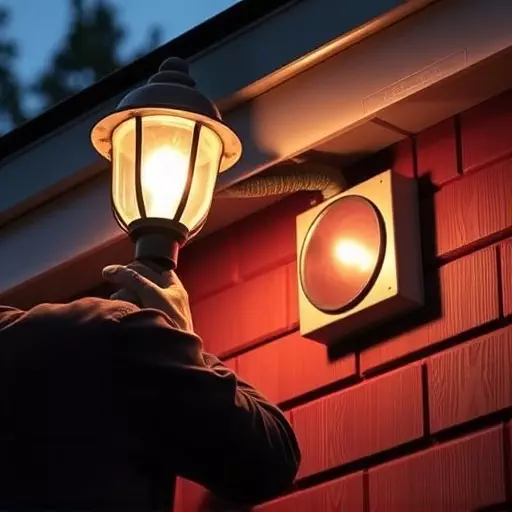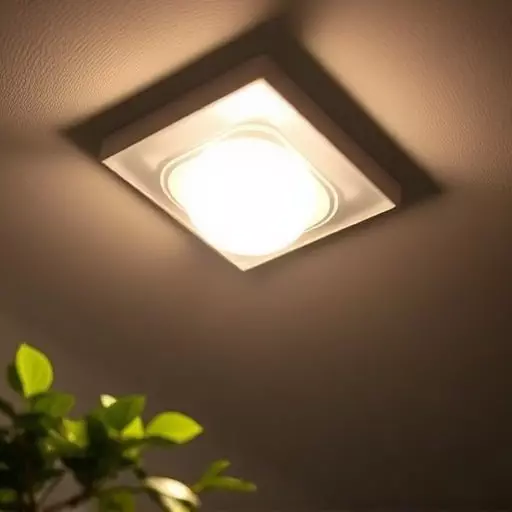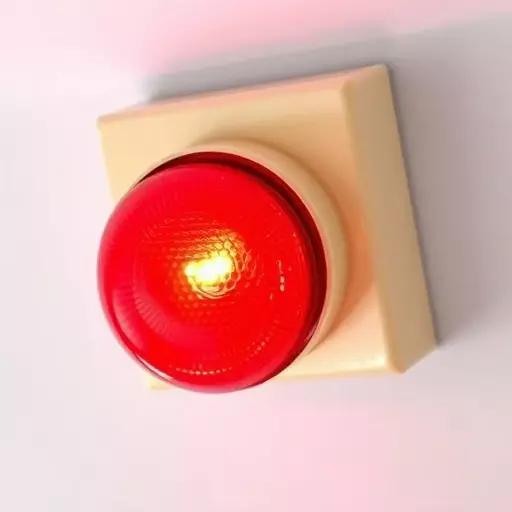- Understanding Emergency Light Requirements for Government Buildings
- The Importance of Timely Emergency Light Replacement
- Common Issues with Emergency Lighting Systems in Government Facilities
- Steps to Effectively Manage and Maintain Emergency Lights
- Choosing the Right Emergency Light Replacement Services
- Cost-Effective Solutions for Regular Emergency Light Maintenance
Understanding Emergency Light Requirements for Government Buildings
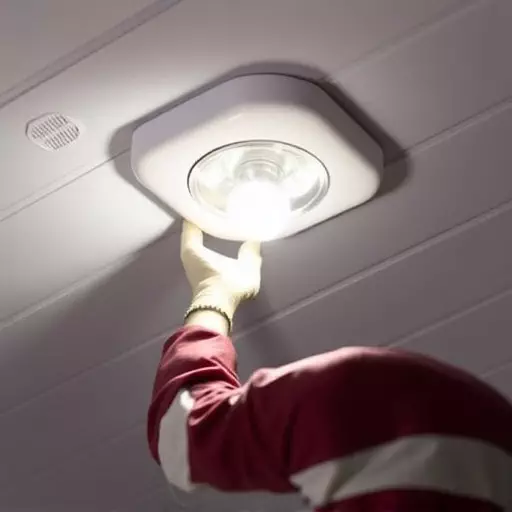
Government buildings, due to their critical role and high occupancy, have specific emergency lighting requirements to ensure safety during power outages or emergencies. These regulations are designed to provide clear and consistent visual guidance, enabling occupants to evacuate safely and efficiently. The primary focus is on maintaining adequate lighting levels in all areas, including corridors, stairwells, and assembly points.
Emergency light replacement Spring Lake services must adhere to these guidelines, which often involve regular inspections and testing to ensure the reliability of emergency lighting systems. These stringent standards are crucial for maintaining order and minimizing panic during crisis situations. By employing professional emergency light replacement services, government buildings can rest assured that their lighting systems comply with the latest regulations, enhancing overall safety and preparedness.
The Importance of Timely Emergency Light Replacement
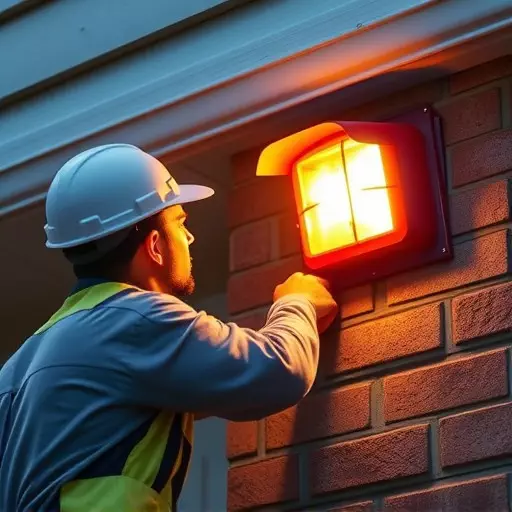
In government buildings, emergency lighting plays a crucial role in ensuring public safety during power outages or emergencies. Timely replacement of these lights is essential to maintain their reliability and effectiveness. The Emergency Light Replacement Spring Lake area witnesses frequent need for such services, underscoring the importance of adhering to established emergency light replacement guidelines. Regular maintenance and prompt replacement not only guarantee optimal lighting in case of an emergency but also comply with safety regulations.
Delving into the emergency light replacement services, it becomes evident that a well-maintained emergency lighting system is integral to the overall safety and security of government facilities. Neglecting timely replacements can lead to outdated equipment, reduced light output, and potential failure during critical situations. Therefore, adhering to recommended guidelines ensures not just compliance but also enhances the building’s ability to respond efficiently during emergencies.
Common Issues with Emergency Lighting Systems in Government Facilities

Steps to Effectively Manage and Maintain Emergency Lights

Managing and maintaining emergency lights in government buildings is a critical task that requires a systematic approach. The first step is to conduct regular inspections, at least once a quarter, to identify any faulty or outdated emergency lighting fixtures. This involves checking for loose connections, damaged bulbs, and ensuring all equipment is functioning optimally. During these checks, it’s essential to follow the Emergency Light Replacement Spring Lake guidelines, which include documenting findings, replacing old or defective components promptly, and testing the lights after each replacement to guarantee reliability.
Additionally, establishing a robust maintenance schedule with dedicated personnel ensures consistent care for emergency lighting systems. This includes cleaning luminaires, checking battery backup power, and verifying proper charging. By adhering to these Emergency light replacement services and regular upkeep practices, government buildings can ensure their occupants’ safety during emergencies while meeting the required standards of illumination efficiency and reliability.
Choosing the Right Emergency Light Replacement Services

Cost-Effective Solutions for Regular Emergency Light Maintenance

Spring Lake government buildings can significantly benefit from cost-effective emergency light maintenance solutions to ensure safety and compliance with regulations. Regular emergency light replacement is crucial, as outdated or faulty lights can pose significant risks during power outages or emergencies. Implementing a proactive approach, such as establishing an emergency light replacement schedule based on manufacturer guidelines, can help minimize downtime and reduce the need for costly after-hours repairs.
One effective strategy is to partner with reputable emergency light replacement services that specialize in government facilities. These professionals offer various solutions tailored to Spring Lake’s specific needs, from efficient LED lighting upgrades to battery maintenance programs. By adhering to recommended replacement intervals and leveraging advanced technologies, government buildings can maintain reliable emergency lighting while optimizing long-term cost savings.
